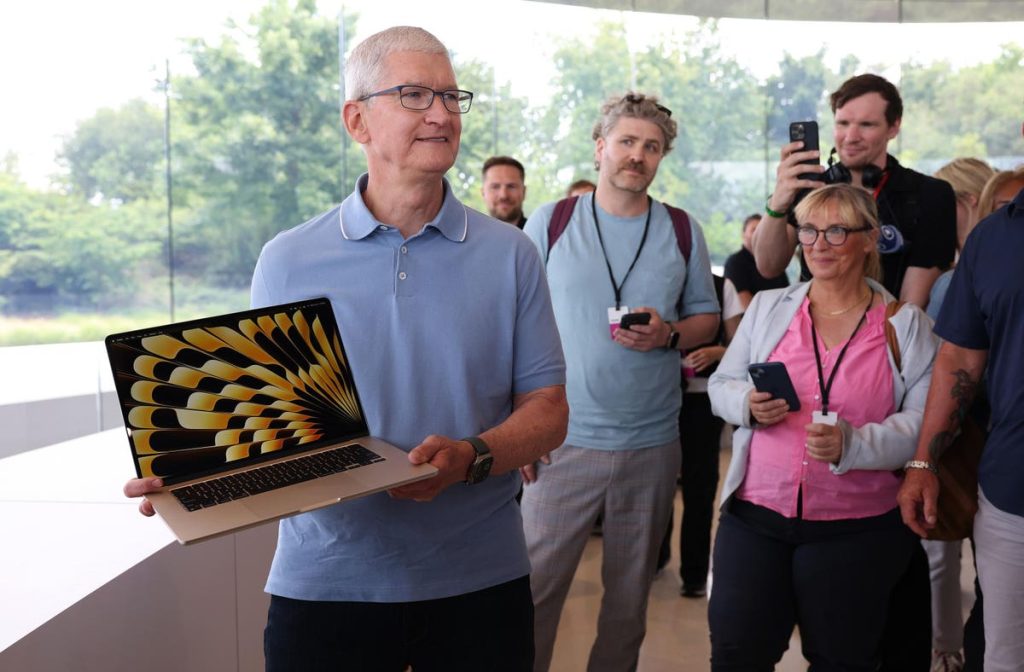As expected, Apple released a new MacBook Air at its Worldwide Developer Conference this month. As expected, it is the first consumer-focused MacBook to ship with both Apple Silicon and a 15-inch screen. And as expected, it’s perhaps not as new as you might expect, given the high-profile event it was launched at.
But it’s more than enough for most consumers to forget about the MacBook Pro.
The new MacBook Air has one distinctive trait over the rest of the MacBook Air family, namely the 15.3-inch LED/IPS screen. Everything else in the package is exactly the same as the 13.6-inch MacBook Air launched at WWDC 2022. Arguably Apple has simply held back the model with the larger display for twelve months so it can display some artificial momentum with the Air family.
Putting aside the awkward timing of its release, the MacBook Air strips away one of the biggest arguments for consumers to skip over the MacBook Air and be unsold to the MacBook Pro, and it’s the size of the screen. Apple’s two sensible MacBook Pro models sport 14-inch and 16-inch screens, which offer more digital real estate than the MacBook Air family (at least before WWDC). They also provide a ridiculous step-up in power with the M2 Pro and M2 Max chipset.
That power costs money. Like countless Macs throughout history, you had to buy a higher specced machine if you wanted a larger display.
The 15-inch MacBook Air steps outside that pattern. It offers the same specs as the 13-inch MacBook Pro, and while I will argue that releasing the same specced laptop one year after its smaller version is disappointing, it does offer an obvious value proposition. You can buy the 13-inch MacBook Air at the newly discounted price of $1099 or for an extra $200 and get the 15-inch model.
Thanks to the flexibility of Apple Silicon, even the base M2 chipset offers more than enough performance for the regular consumer, and there’s certainly enough to do content creation and software development to a good standard. Those that need significant levels of power and performance have the two sensible MacBook Pro models, which are looking more like portable workstations than high-end laptops by the day.
The MacBook Pro used to be the only choice for those needing a larger macOS laptop. Three years after the debate of Apple Silicon promised to change the laptop market, Apple has finally decreed that you don’t need to buy a more powerful laptop to get a larger display.
It’s taken far too long to reach this point, but we’re here now.
Now read the latest Mac, iPhone, and WWDC news in this week’s Apple Loop weekly column…
Read the full article here










